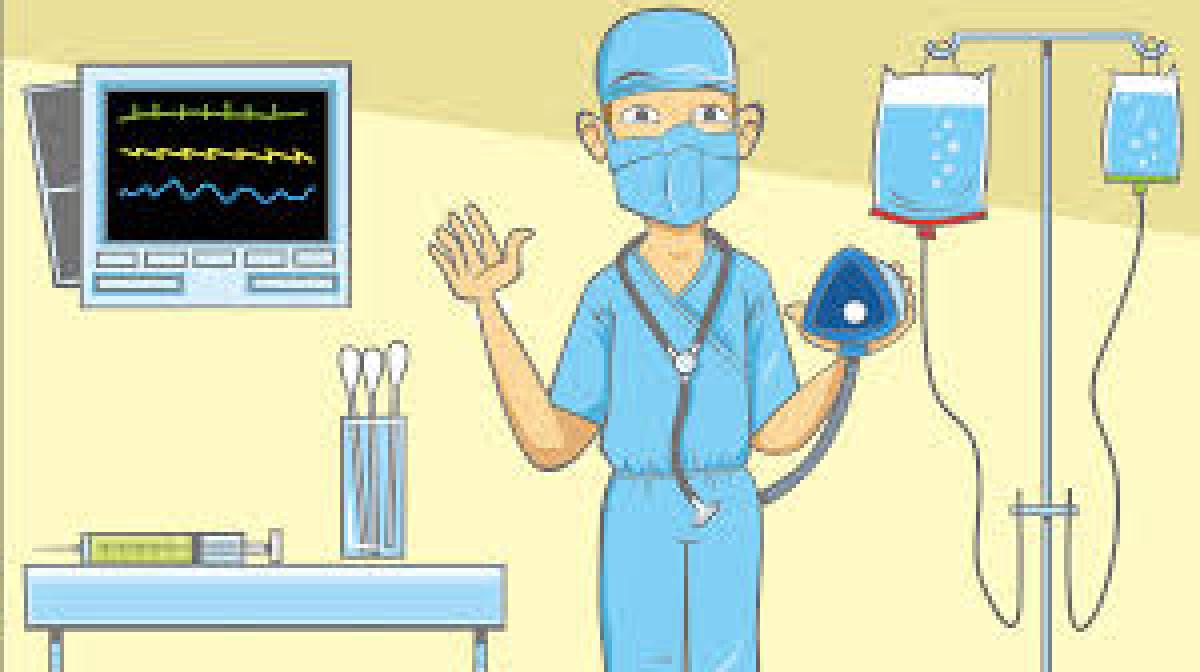If you are going to have surgery (and more about that in Episode 4 – Appendicitis and the Surgeon), you will meet an anaesthetist before the operation.
He or she is specially trained to help you sleep during the surgery with special medicines. This way you won’t feel any pain while your surgeon operates on you. To do this they use lots of different medicines.
On the day of surgery, you won’t be able to eat breakfast because you can’t have an operation on a full stomach. But don’t worry — your body will get fluids through an IV – this a tiny tube that carries medicine or fluids into your body through a vein, usually in your arm or hand.
As it gets closer to the time of the operation, you’ll probably see a nurse who will help you get ready. The nurse may ask you and your parents some questions about your health and if you’re allergic to anything. You also might get a physical exam to check your temperature, heart rate, and blood pressure and make sure you are feeling fine.
When it’s time for the operation, you will be taken on a special bed to the operating theatre, where the anaesthetist will chat with you, find out what care you need and also answer any questions you have.
During the operation, they will keep an eye on your heart rate and blood pressure, and also check on your breathing and temperature.
After the operation they make sure that the patient gets the right pain medication and enough fluid in their body. As well as around the operating theatre, you’ll see anaesthetists in the hospital wards.
Things to look out for
- Machines that go ping
- Drips
- A breathing mask
- Hypodermic needles
- Swabs
.
> Visit Professor Hallux’s Map of Medicine homepage
Images courtesy of the Wellcome Trust
Professor Hallux’s Map of Medicine
Find out how to navigate Professor Hallux's Map of Medicine
More From Professor Hallux’s Map of Medicine



